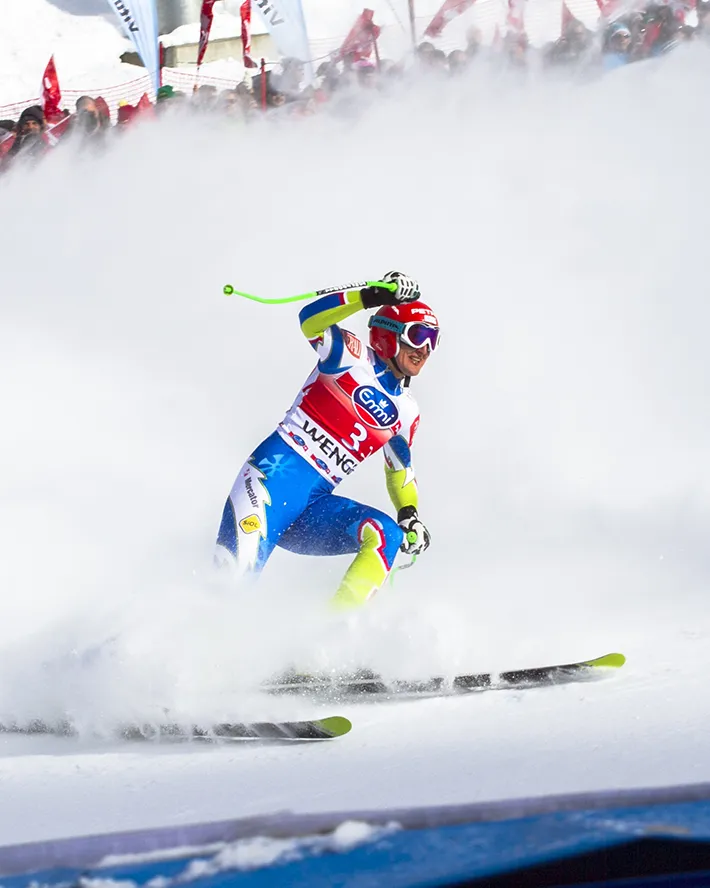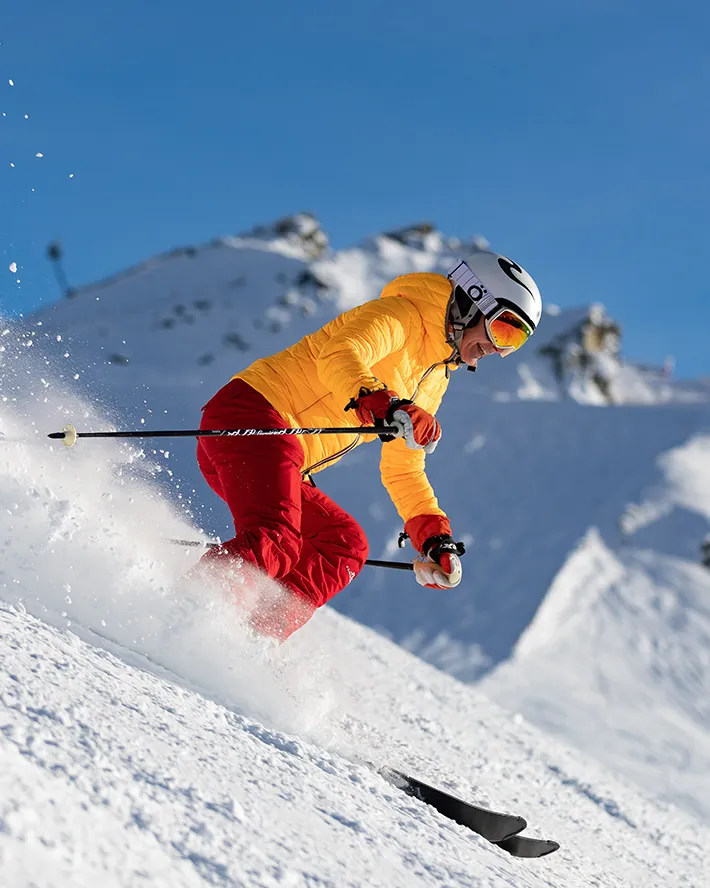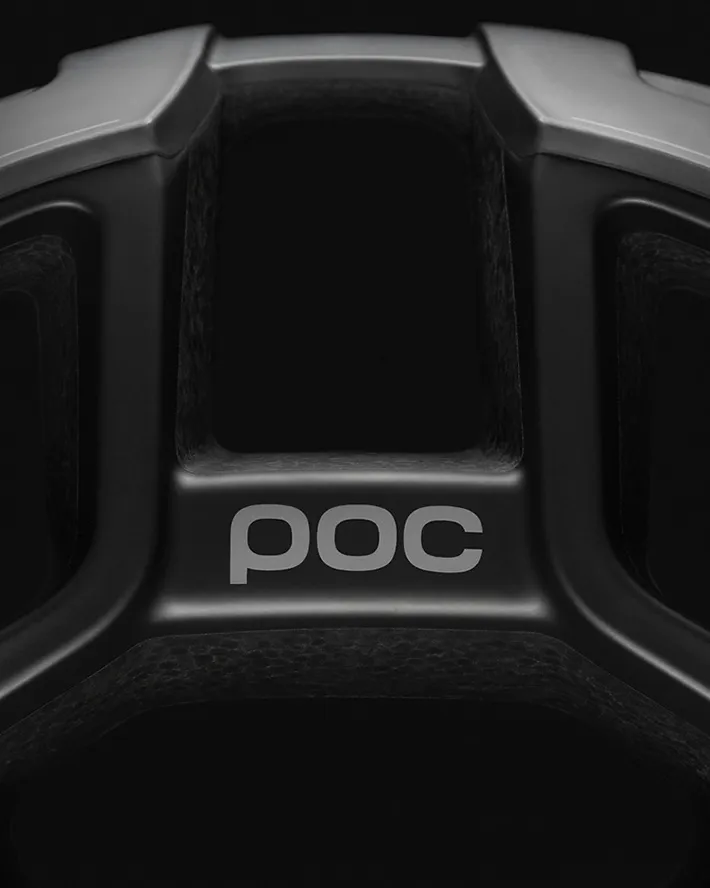Ski racing has a rich history dating back to the early 20th century, when the sport first began to gain popularity in Europe and North America. Over the years, many legendary ski racers have emerged, pushing the boundaries of what was thought to be possible and leaving a lasting impact on the sport. In this blog post, we will take a look at some of the pioneers who changed the game and helped shape the sport of ski racing into what it is today.
Protect your axons with MIPS
 This blog about understanding how the MIPS helmet system works to prevent head injury is on subject close to my heart, as for much of my adult life I've been a neuroscientist, studying spinal cord biology.
This blog about understanding how the MIPS helmet system works to prevent head injury is on subject close to my heart, as for much of my adult life I've been a neuroscientist, studying spinal cord biology.
OK, starting with the basics, what are axons? Well, you'll know that your brain is full of billions upon billions of nerve cells called neurons, and each neuron communicates with hundreds, thousands or even tens of thousands other neurons by sending out long, thin projections that conduct electrical signals. These projections are the axons- you can think of them as being the electrical wiring system of your brain. They can be amazingly long- for example, some of the neurons controlling movement have axons that are more than a metre in length. Because axons can conduct electrical signals quickly (in some cases more than 100 metres per second), this means that brain cells can communicate over long distances in a fraction of a second- in evolutionary terms very useful if you, for example, need to fire your motor system to quickly get away from a predator.
So axons being long is a good thing, in most situations. However, axons are also an Achilles' heal for neurons. Their thinness and length makes them vulnerable. If you crush, pull, shake or twist an axon, it doesn't like it, and often it responds by dying. This is bad news within your brain, as central nervous system axons pretty much can't regenerate once they're dead. When your axons are gone, they're gone for good. Sometimes the resulting damage is relatively mild (e.g. concussion) and sometimes it is more severe, causing permanent brain damage. However, the consequences of even mild head injuries should not be under-estimated, as there is growing awareness that repeated mild injuries may have significant long term effects.
I mentioned that axons don't like a variety of insults- crushing, pulling, but especially rotation. Your brain has evolved a variety of defences against these. Most obviously, it's inside a hard, bony case- your skull. In addition, your brain sits in a cushioning bath of liquid called cerebrospinal fluid, which acts to dampen things like rotational forces. Together, this system has evolved to deal with most of the forces that the human brain would have been subjected to, throughout most of our evolution. However, throughout most of our evolution, we haven't been skiing, mountain biking, jibbing in the terrain park etc, and so the brain's protective systems can easily be overwhelmed by the forces encountered when these activities go wrong.
Enter helmets. Helmets are designed to provide extra protection to the brain. Conventional helmets do this reasonably well for direct forces, but they don't deal so well with the rotational forces that result from oblique hits, and as I mentioned above, axons particularly hate twisting. MIPS (multi-impact directional protection system) helmets are designed to address this issue. Essentially, they have a low-friction layer between the outer hard shell and the inner liner. On impact, this low friction layer allows the inner and outer layers to slide relative to each other, dissipating the impact energy and significantly reducing the forces on the brain. You can see a visual representation of this at the MIPS website. Importantly, this works well for the oblique impacts that produce damaging rotational forces.
I'm convinced that MIPS helmets provide enhanced safety when compared to conventional helmets, and for that reason we were really enthusiastic about stocking them here at Gravity Protection. Check out our range of ski helmets here, including many with MIPS.
Oh, one last thing. I reckon the surface of a helmet is probably best smooth, to decrease friction and so minimise rotational forces on impact. I suspect that helmet cams, helmet cam attachments, banker's brims etc. aren't a good idea, as they could potentially increase friction and rotational forces.


